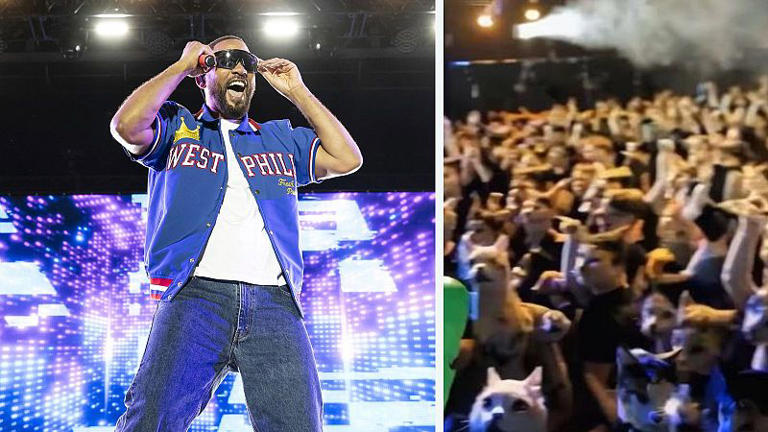Technological and social challenges
Recent discussions about videos featuring digitally generated crowds have reignited concerns about the role of artificial intelligence (AI) in shaping public perception. A recording of a concert raised questions when viewers noticed visual distortions in the audience, leading to suspicions that AI had been used to enhance or create parts of the crowd.
Generating large audience scenes poses a particular challenge for AI video models, as each person has unique features and independent movements. Despite this complexity, the latest video generation tools, such as Veo 3 and Sora 2, are becoming increasingly capable of producing realistic footage.
Impact on credibility and trust
The ability to convincingly replicate crowds introduces new risks for verifying visual content. In settings like concerts, protests, or political rallies, crowd size is often interpreted as a measure of influence or success. Artificially altering these images could affect social and political narratives.
Research indicates that a large share of images shared on social media are already generated by AI. While this opens new creative opportunities, it also increases the risk of misinformation. Moreover, authentic visuals may now be dismissed as fake under the suspicion of digital manipulation.
Balancing creativity and public safety
Technology companies are working on labeling methods to distinguish AI-generated content from authentic material. Visible and invisible watermarks are being introduced, although their application remains inconsistent across platforms. The lack of universal standards complicates efforts to ensure transparency.
This evolving landscape illustrates a dual reality: AI enhances creative expression while simultaneously raising concerns about trust in visual information. The challenge moving forward will be striking a balance between innovation, public safety, and the integrity of media.



